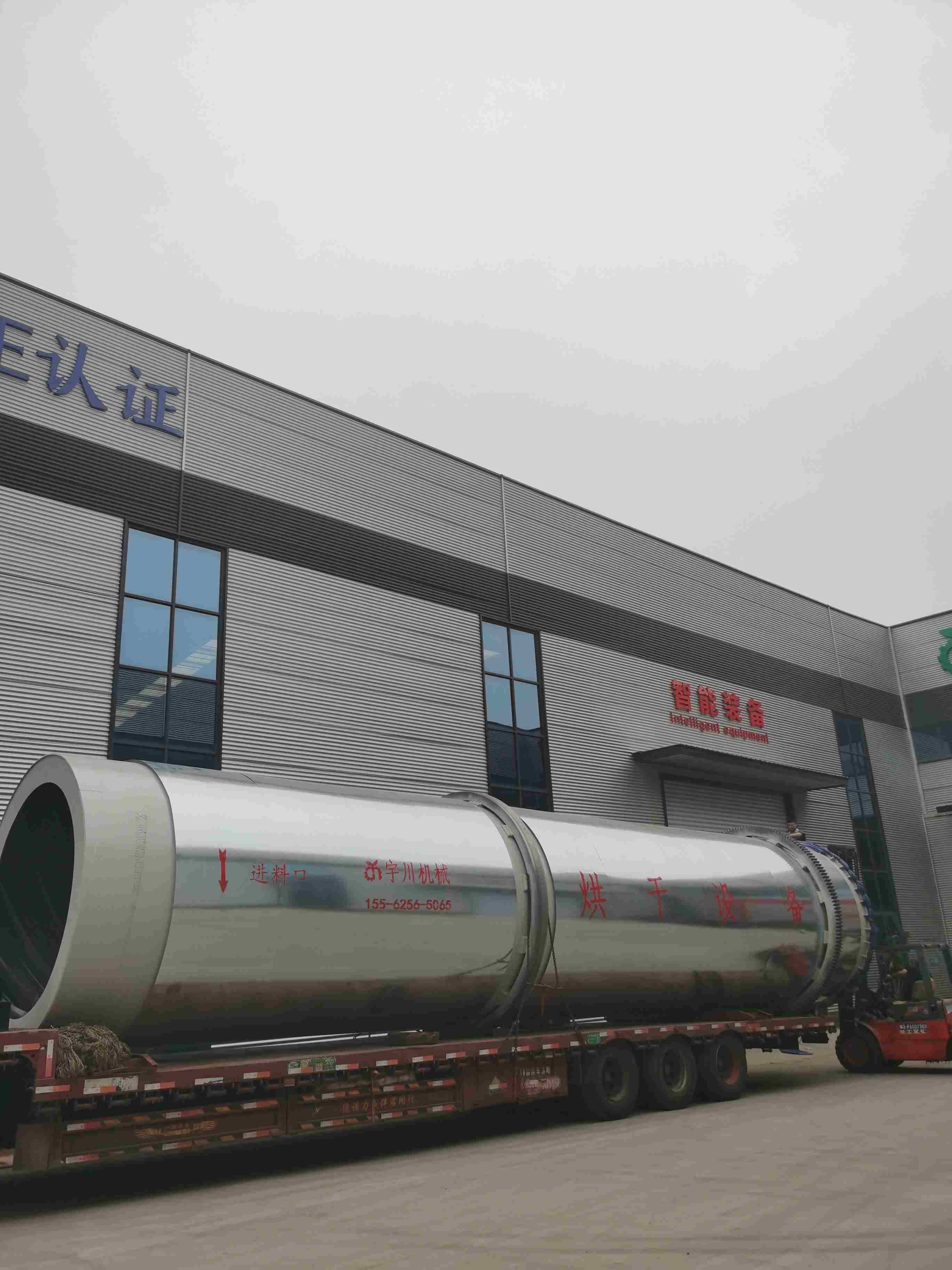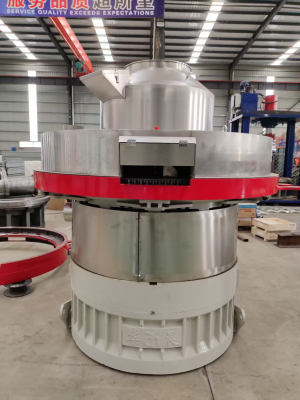Industrial Rotary Drying Machine
1. Extensive application and strong compatibility
Full coverage of material forms: It can handle a variety of forms, such as granular (e.g., ore, sand), block (e.g., coal blocks, sludge cakes), powder (e.., gypsum powder), and fibrous (e.g., straw, wood chips), and even sticky materials (e.g., coal slime municipal sludge) can be efficiently dried by adding a crushing device.
Strong moisture adaptability: Whether the initial moisture of the material is 20% or 8%, it can be stably dried by adjusting the process parameters, without the need for preprocessing.
Wide industry application: It covers dozens of fields, such as miningdrying tailings, concentrate), building materials (drying sand and stone, cement clinker), environmental protection (drying sludge, waste residue), agriculture (rying grain, biomass), etc., and it is one of the most universal drying equipment.
2. High drying efficiency and large processing capacity
Continuous production design Materials continuously enter from the feed end and move towards the discharge end with the rotation of the drum, continuously contacting with hot air along the way, and a single device can process several to hundreds of tons of materials per hour, easily meeting the needs of large-scale production (e.g., large sand and stone factories often use the Φ3×0m model, with a processing capacity of 50-100 tons per hour).
Full heat exchange: The scraper (blade) in the drum scoops up and spreads the materials, forming a uniform "material curtain", maximizing the contact area with hot air, and the heat exchange efficiency is more than 30 higher than that of the box dryer, with fast moisture evaporation speed (e.g., coal slime from 60% moisture to 15% only needs 0-60 minutes).
The drum dryer (also known as the rotary drum dryer) is a continuous device that dries materials by rotating the drum contacting it with hot air. It is widely used in mining, building materials, environmental protection, agriculture, and other fields. The following details its structure, working principle, core parameters suitable materials, and key points for selection:
Basic Structure
The drum dryer consists of several key components that work together to achieve its function. The structure is compact the functions are clear:
Drum Body
The cylindrical drum is made of steel plate according to the material characteristics (Q235 steel plate for ordinary materials, stainless for corrosive materials, and high manganese steel for high-temperature wear resistance), with a thickness typically ranging from 6-16mm.
The drum is at an inclined angle (3°-5°) to ensure that the material moves towards the discharge end as it rotates.
Scoop Board Device
The bladelike structure, welded or riveted to the inner wall of the drum, can be in the form of lifting, fan-shaped, or scoop board types.
Function: the drum rotates, it scoops up and spreads the material, forming a uniform "material curtain" to increase the contact area with the hot air and improve the drying efficiency
Feed / Discharge Device
Feed end: Generally, a spiral conveyor or chute is used for feeding, with some sticky materials equipped with a crusher (such a coal mud dryer).
Discharge end: A sealed device (to prevent hot air leakage) is set up, connected to a conveyor belt or storage bin.
Transmission System
Composed of a motor, gear reducer, and gears (or idlers), it drives the drum to rotate at a speed of 0.55r/min, which can be regulated by a frequency converter.
Hot Air System
Heat source: Coal/gas hot air stove, steam heat exchanger, heating, biomass burner, etc., with a hot air temperature of 50-800℃ adjustable.
Air duct: There are two types: countercurrent ( air and materials flow in the same direction) and countercurrent (hot air and materials flow in the opposite direction). Countercurrent is suitable for high-temperature rapid drying, andcurrent is suitable for low-temperature deep drying.
Support and Sealing System
Support: The drum is supported by a group of idler wheels and a guide wheel to vibration during rotation.
Sealing: A maze-type or spring-compressed sealing device is set up at the feed end and discharge end to reduce heat loss (the heat loss is usually ≤10%).









